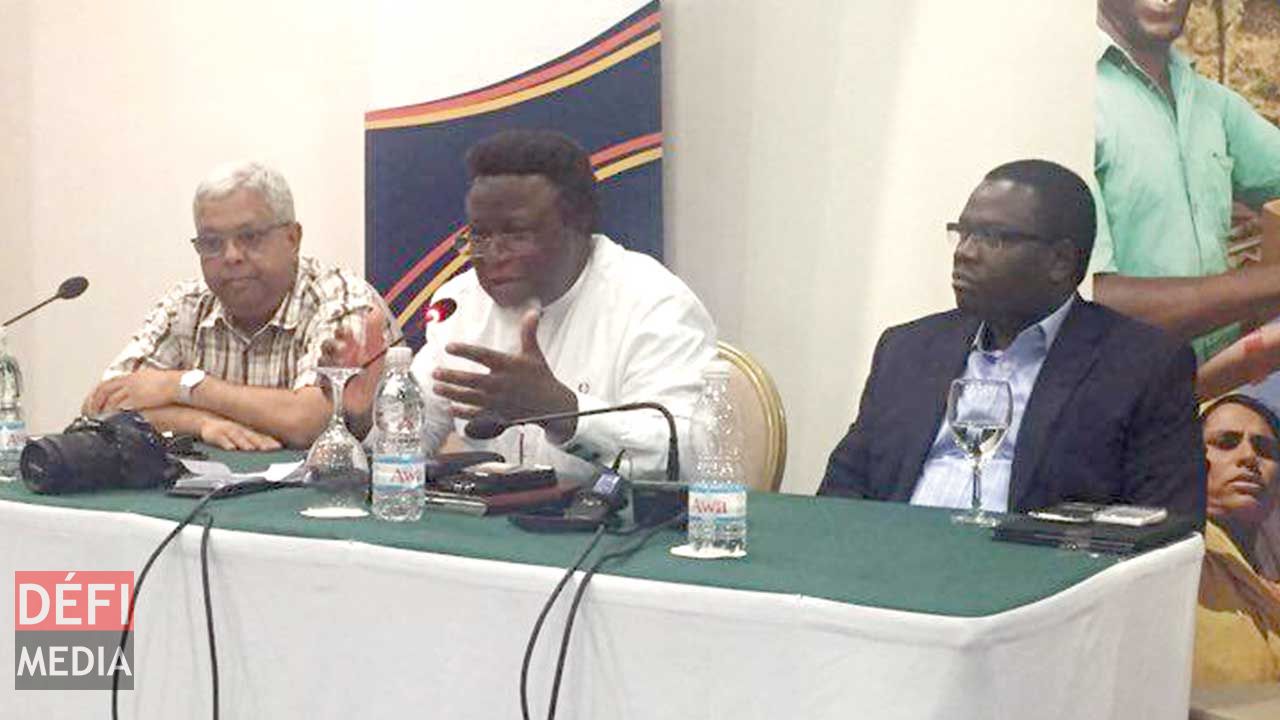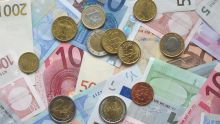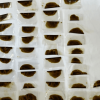
The World Bank and African Media initiative held a workshop in Abidjan, Ivory Coast in mid-June. The World Bank is helping a lot of Sub-Saharan African countries so that they can be self sufficient.
Publicité
Sarwat Hussain, Head of Communications, Agriculture Global Practice of the World Bank, explains the institution’s heightened newly-found interest in Ivory Coast.
How did the World Bank decide to help Ivory Coast?
The World Bank has had the privilege of a long-standing partnership with Ivory Coast which began on March 11, 1963. With a GDP of about US$35 billion and a population of 22.7 million in 2014, Ivory Coast is one of the largest economies in West Africa. In the latest Country Partnership Framework, our assistance supports the country’s National Development Plan (NDP) 2016-2020 by promoting inclusive and sustainable growth, creating better jobs and building human capital benefiting all Ivorian citizens.
In an economic update published last December, Ivory Coast posted an economic growth rate of almost 9% in 2015; this growth rate is among the highest in Africa. The World Bank’s total commitment for Ivory Coast as of February 28, 2016 (including regional and Trust Funds), is $858 million for 18 projects. The portfolio is composed of eight International Development Association (IDA) projects totaling $638 million, five Trust Funds amounting to $55 million and five regional projects amounting to $165 million.
Apart from Ivory Coast, does the World Bank intend to help other countries in Africa so that they can be self sufficient?
The World Bank is comprehensively engaged in promoting sustainable development in Sub-Saharan Africa and our goal is to end extreme poverty by 2030 and boost shared prosperity. As of June 2015, 44 African countries were eligible for funding. World Bank activities included supporting regional integration, addressing fragility and conflict, increasing access to power, boosting agricultural productivity and implementing economic recovery plans in countries affected by the Ebola epidemic.
In terms of funds, how much has been injected by the World Bank?
In 2015, the World Bank approved $11.6 billion for Sub-Saharan Africa, for a total of 103 projects. Support included $1.2 billion in IBRD loans and $10.4 billion in commitments from the International Development Association (IDA), which helps the world’s poorest countries by providing grants and low to zero-interest loans for projects and programs that boost economic growth, reduce poverty, and improve poor people’s lives. IDA is one of the largest sources of assistance for the world’s 77 poorest countries, 38 of which are in Africa.

Notre service WhatsApp. Vous êtes témoins d`un événement d`actualité ou d`une scène insolite? Envoyez-nous vos photos ou vidéos sur le 5 259 82 00 !






















